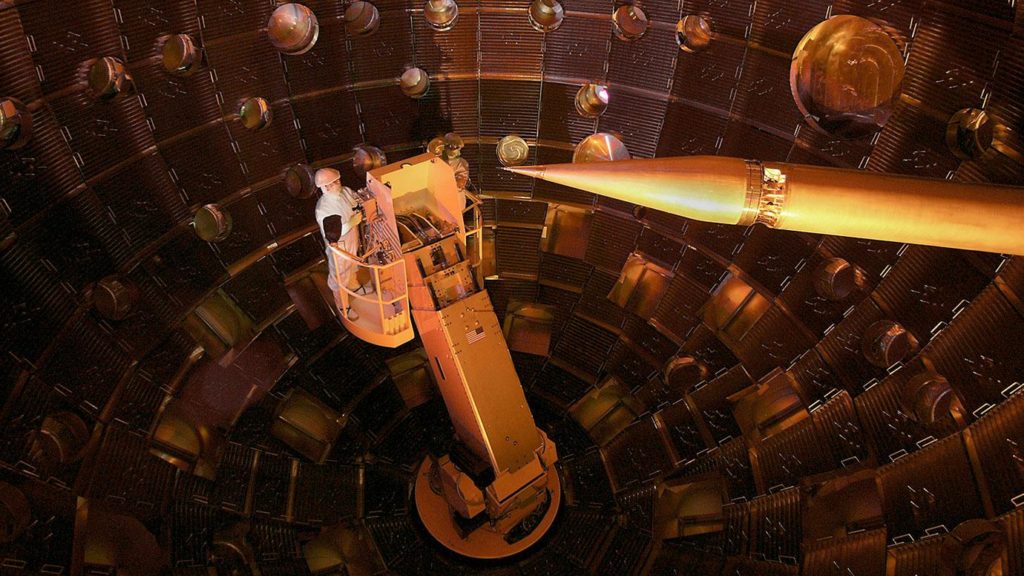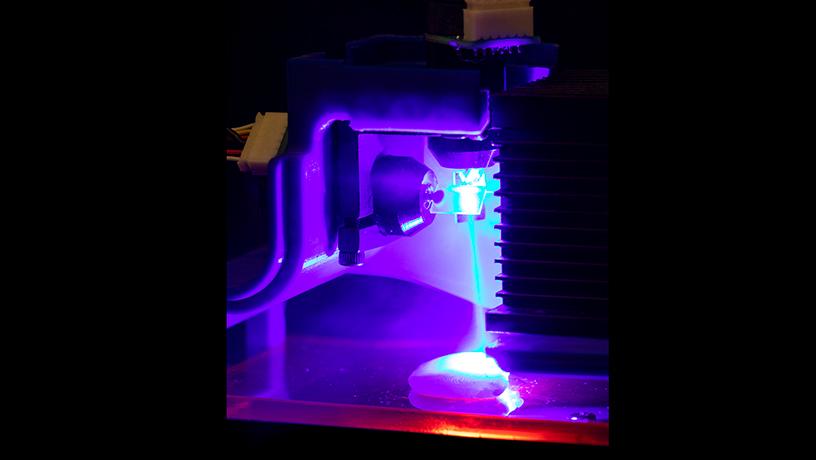
An international research team has for the first time designed realistic photonic time crystals–exotic materials that exponentially amplify light. The breakthrough opens up exciting possibilities across fields such as communication, imaging and sensing by laying the foundations for faster and more compact lasers, sensors and other optical devices.
“This work could lead to the first experimental realization of photonic time crystals, propelling them into practical applications and potentially transforming industr...
Read More









Recent Comments